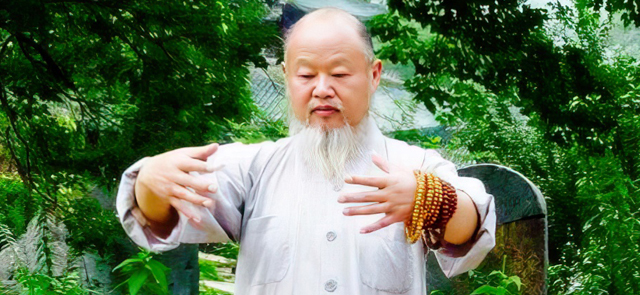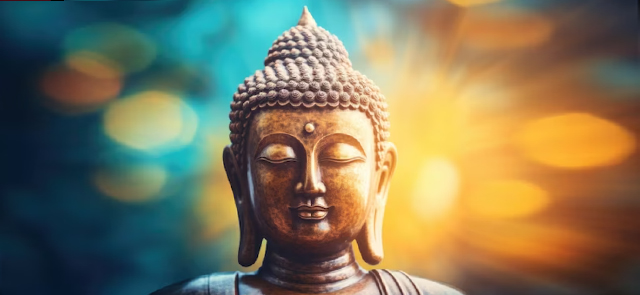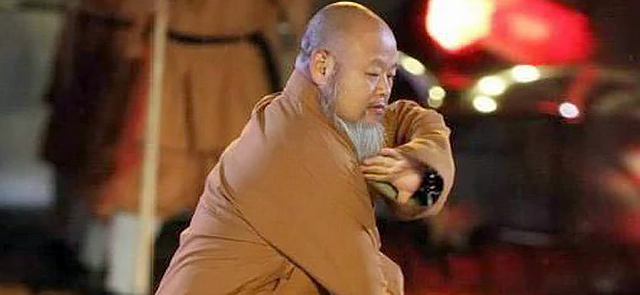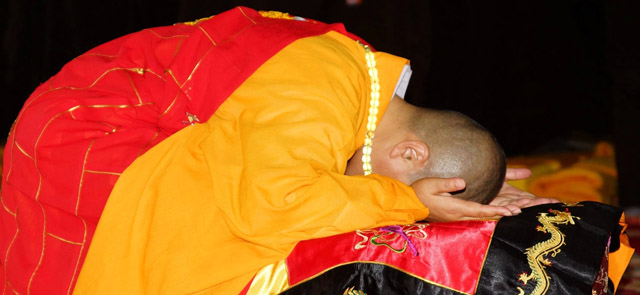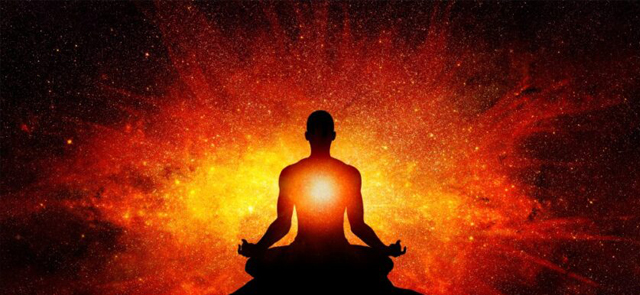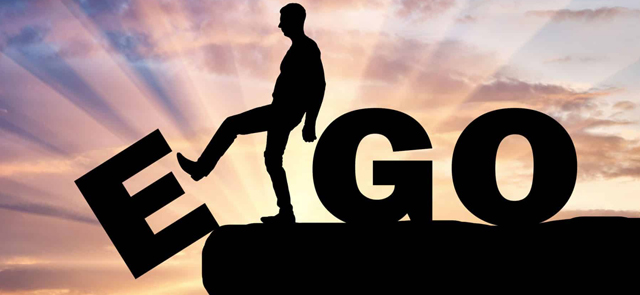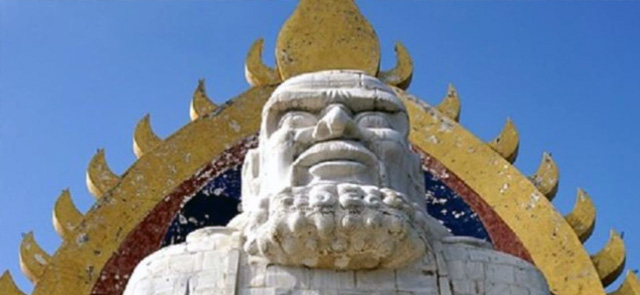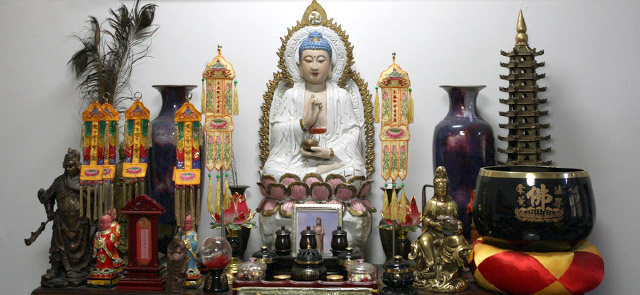Shaolin Rouquan, is a traditional Chinese practice known for its slow, graceful movements. It has gained immense popularity worldwide for its purported health benefits and serene aesthetics. However, Shaolin Rouquan's true essence goes far beyond its beautiful and gentle exterior. It is a multifaceted discipline that encompasses both martial and meditative aspects, making it a unique and profound art form.
The Origins of Shaolin Rouquan
Shaolin Rouquan traces its roots back to ancient Songshan Shaolin Temple, evolving from various martial arts systems, Buddhist philosophy, and traditional Chinese medicine. It was developed by legendary Shaolin Masters, each contributing their own insights and techniques to the art. Shaolin Rouquan's origins were deeply intertwined with self-defense and combat, but it has since evolved into a broader practice encompassing health, meditation, and spirituality.
The Martial Roots
One cannot overlook the martial origins of Shaolin Rouquan. In its earliest forms, Shaolin Rouquan was developed as a martial art for self-defense. The movements were designed to be effective in combat situations, focusing on principles such as balance, timing, and redirecting an opponent's force. Shaolin Rouquan's slow, deliberate movements may seem gentle on the surface, but they hide a depth of martial knowledge and applications.
The Principles of Shaolin Rouquan
Shaolin Rouquan is built upon a set of core principles that are deeply rooted in martial arts. These principles include:
1. Softness vs. Hardness: Shaolin Rouquan practitioners learn to yield to force rather than resist it directly. This allows them to use an opponent's energy against them, an essential concept in martial arts.
2. Balance and Stability: Maintaining a stable stance and center of gravity is crucial in Shaolin Rouquan. These principles enable practitioners to stay grounded and respond effectively to attacks.
3. Circular and Spiraling Movements: Shaolin Rouquan movements often follow circular and spiraling patterns. These fluid motions enhance the practitioner's ability to control an opponent's movements and apply joint locks or throws.
4. Mind-Body Connection: Shaolin Rouquan emphasizes the connection between the mind and body, enhancing awareness, concentration, and the ability to respond with precision.
The Health Benefits of Shaolin Rouquan
While Shaolin Rouquan has martial roots, its health benefits are widely recognized. Regular practice has been associated with various physical and mental benefits, including:
1. Improved Balance: Shaolin Rouquan enhances proprioception and balance, reducing the risk of falls, especially in older adults.
2. Stress Reduction: The slow, meditative nature of Shaolin Rouquan promotes relaxation, reduces stress, and improves overall mental well-being.
3. Flexibility and Strength: Regular practice can increase flexibility and muscular strength, leading to better posture and overall physical health.
4. Mindfulness and Meditation: Shaolin Rouquan encourages mindfulness and meditation, fostering a sense of inner calm and mental clarity.
Conclusion: Shaolin Rouquan Is Both Martial Art and Artistic Movement
In conclusion, Shaolin Rouquan is a multifaceted discipline that embodies both martial and artistic elements. While it certainly has martial origins and principles deeply rooted in combat, it has evolved into a practice that also offers profound physical and mental health benefits. Whether practitioners are drawn to it for self-defense, artistic expression, or holistic well-being, Shaolin Rouquan continues to captivate and inspire people around the world. Ultimately, the question of whether it is a martial art or a form of beautiful, gentle movement is not an either-or proposition; it is both, and much more, depending on the individual's goals and perspective.
